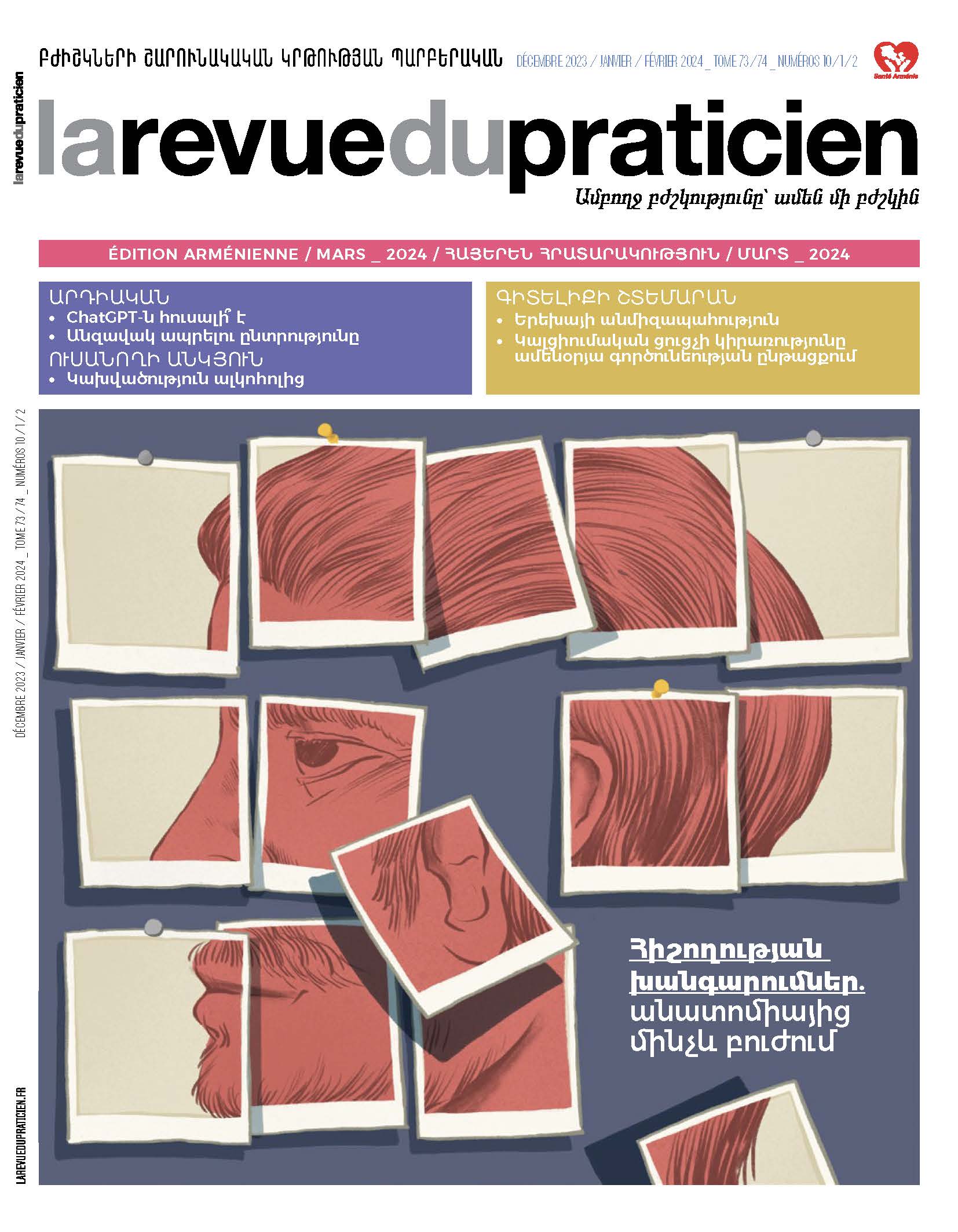Ведение пациента с амнезией 52
Pierre-Yves Jonin.
Аннотация отсутствует
Ключевые слова :
Расстройства памяти.
